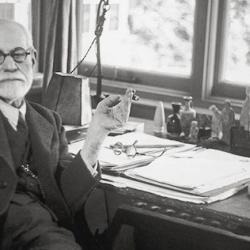Shakespeare’s Sonnet 103 laments the limits of language to capture the thing it describes. “Look in your glass,” the poet says, and you will see a face that overwhelms “my blunt invention quite.” The reality dulls the poet’s lines and disgraces him. And it would be a sin to mar the subject of his poem by striving to mend it, a subject that was perfectly well before he began.
In short, there is “more, much more” in the face itself than any verse can capture. So even if his poem lives on, it’s not going to be adequate to communicate the beauty of the subject that it speaks about.
Sonnet 106 expresses the limits of poetry in a different way, painting with a palette of theological language. Time past is “wasted time,” and in the chronicle of that time the poet finds descriptions of beautiful ladies and lovely knights. They write blazons—poems that celebrate the beauties of particular features of the body, hand, foot, lip, eye, brow.
But those antique pens were really writing about the speaker’s beloved. All the beauties they celebrate were merely prophecies of the ultimate beauty that has appeared now in the present. The poem thus turns on a contrast between the “wasted time” and “this our time”; the first has glimpses and intimations of a beauty yet to come, but in the present the beauty has now come. It’s not surprising, then, that the older poets couldn’t sing the full worth of that future beauty. They were looking with “divining eyes,” through a glass darkly.
But that doesn’t mean that the poet of “these present days” can fully sing the praise either. Though they now see the beauty appeared, and have eyes to wonder, but still their tongues lag behind and can’t fully express what their eyes behold. As wonderful and powerful as poetry can be, it is no substitute for the thing itself.















